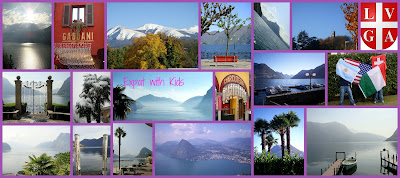Tonight is Burns Night and Scots all over the world will be celebrating the life and works of Scottish poet Robert Burns. In homage to my Scottish ancestors I am dedicating today's post to one of the best loved and most celebrated of the Scottish poets, who blended the serious, the romantic, and the comical in his many works.
Robert Burns was born on 25 January 1759 in Alloway in Scotland and died on 21 July 1796. In his short life he made a tremendous impression on many people in Scotland, so it was only natural that they should want to mark his life and works with some sort of celebration.
The first recorded Burns supper was in 1801 in Alloway when a group of his friends gathered, not in January but in July to mark the fifth anniversary of his death. Some of the traditions which have grown up were established on that first occasion - haggis as the main course and whisky with which to mark the many toasts.
Haggis contains the minced heart, liver, and lungs of a sheep, also called the “pluck” or “offal”, chopped onion, oatmeal, salt, spices, and suet, which is beef or mutton fat. This enticing mixture is then packed into a sheep’s stomach which is tied closed. The whole thing is boiled for approximately three hours, requiring that you keep a close eye to make sure it doesn’t blow up and rain haggis down on your kitchen
The haggis was addressed at that first meal, after all the poet himself had provided the perfect words with which to do so in his poem "Address to a Haggis".
Since those early beginnings, the custom of holding a "supper" to the immortal memory of Rabbie Burns has become a world-wide phenomenon - anywhere that lovers of Scotland and its culture are gathered.
For this celebration a Chairman is appointed as "Master of Ceremonies" who will also ensure that the "Selkirk Grace" is said before the meal begins.
Some hae meat and canna eat;
And some wad eat that want it:
But we hae meat and we can eat
And sae the Lord be thankit.
Thereafter follows the Bill of Fare (Menu).
The haggis (usually carried on high by the chef) will be piped in by traditional bagpipes (with the guests all standing at this time) and the Chairman or someone designated by him will deliver the Burns' "Address to a Haggis". This person can not only speak the Scots words (it doesn't have to be off by heart but it certainly helps) but he also usually adds a bit of acting to the performance - especially when he gets to the "An, cut you up wi' ready slight; Trenching your gushing entrails bright" - waiving his knife around while giving the address!
The piper and the chef will be offered a dram of whisky at the end. While whisky should really be sipped, most recipients drink it quickly, in part so that the proceedings may continue! Guests can of course join in the toast if they wish!
The formal part of the evening is brought to a close with the singing of "Auld Lang Syne" - a song which is known around the world. Sometimes each main verse is sung by one of the entertainers but it is also an opportunity to get individual guests to take one verse. Everyone joins in the chorus, standing and joining hands at the last verse.


No comments:
Post a Comment